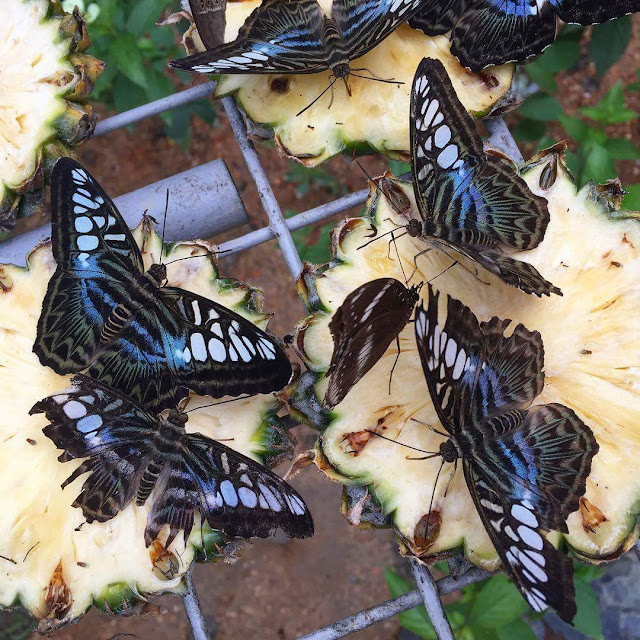Due to the shortage of resources in the state, it is only rational
for the state government to use reclaimed land to finance the
infrastructure projects, according to two key business organisations in
Penang.
Real Estate & Housing Developers Association (Rehda) Penang
chairman Datuk Jerry Chan said it was the only currency available as the
yearly revenue of the state could not pay for such infrastructure
projects.
“The justification is that the reclamation works and the
infrastructure projects will generate jobs and business for Penangites,
offsetting some of the negative consequences of the reclamation.
“The state government should look into other ways for the affected fishermen to generate an income from fish farming activities.
“Lacking funds and ready land bank should not be used as an excuse to stunt Penang’s economic growth,” he said.
Chan spoke recently in response to the implementation of the Penang
Transport Master Plan (PTMP), which would see the development of a light
rail transit (LRT) system on the island and the Pan Island Link
Highway, deemed to be high-priority projects under the PTMP.
Financing the projects under PTMP would involve reclaiming two
man-made islands, located near Permatang Damar Laut and Teluk Kumbar,
spanning 930ha and 566ha.
The PTMP has raised concerns from certain quarters, particularly from fisherfolk.
The PTMP is a result of the request for proposal (RFP) called by the
state government after the Transport Master Plan Strategy Report was
unveiled in 2013. The strategy report has recommended plans till 2030,
estimated to cost RM27bil.
The original plan was put up with inputs from AJC Planning
Consultants Sdn Bhd, Halcrow Consultants Sdn Bhd and Singapore Cruise
Centre.
Penang Chinese Chamber of Commerce (PCCC) president Datuk Seri Choot
Ewe Seng said the state government needed to resolve the traffic
congestion problems as soon as possible, as every minute or hour spent
trapped in a traffic jam was a loss in economic terms.
“The business community and the public can only benefit from the project. The advantages will outweigh the cost of reclamation.
“However, the state government must ensure that the cost of riding
the LRT is minimal and not a burden to the people,” Choot said.
Property valuation and management company CA Lim & Co principal
Lim Chien Aun said the state government should set up a fund using the
proceeds raised from selling the reclaimed lands to subsidise the
maintenance costs of the proposed infrastructure of the PTMP inclusive
of the LRT.
“Otherwise the cost of maintaining the LRT would have to fall on Penangites.
“The LRT qualifies as a state project as reclaimed land owned by the
state will be auctioned off to fund its implementation,” Chien Aun
added.
However, not all are in favour of the move to use reclaimed land to fund infrastructure projects.
Penang Island City Council councillor Dr Lim Mah Hui said the PTMP
was planned till 2065. “The plan overestimates the population growth in
Penang, compared with the Department of Statistics population
projection.”
Lim said the PTMP focus should not be on building roads and tunnels to move cars, but on moving people through public transport.
“The original TMP Strategy Report envisaged 60% to be spent on roads
and tunnels and 40% on public transport. This priority should be
reversed with public transport accounting for at least 70% to 80% of the
total budget,” he said.
Lim said there were faster and cheaper ways of reducing traffic
congestions that had been successfully practised in other countries.
“For example, Penang’s traffic congestions are mainly concentrated
during peak hours. These can be reduced considerably by imposing charges
on vehicles entering the city during peak hours,” he said.
Meanwhile, state local government, traffic, and flood mitigation
committee chairman Chow Kon Yeow said the rapid growth of towns such as
Batu Kawan, Butterworth and Seberang Jaya would boost Penang’s
population and the demand for an integrated transportation system.
“The Department of Statistics projects a population of 1.86 million
for Penang by 2030, the anticipated higher number of 2.45 million people
by that year (as projected in the plan) was derived by applying the
same average annual population growth rate of 2.3% (which was recorded
in the period of 2010-2020),” he said.
Chow said before the move to charge motorists entering the city
during peak hours or ’congestion pricing’ could be implemented, there
must be an effective public transport system in place.
“Singapore for example only enforced electronic road pricing (ERP, an
electronic toll collection scheme for congestion pricing) in 1998 after
building its first MRT line in 1982,” he added.
The PTMP proposes seven public transport lines for the island and the
mainland, including two LRTs, three monorails, heritage tram and bus
rapid transit, which adds up to a total of 151km of public transport
network.
“There are eight highways, including the undersea tunnel, planned
under the highway network, in addition to several local road
enhancements in Seberang Perai, which adds up to 71.5km of highways and
roads proposed under the PTMP,” Chow said.






























